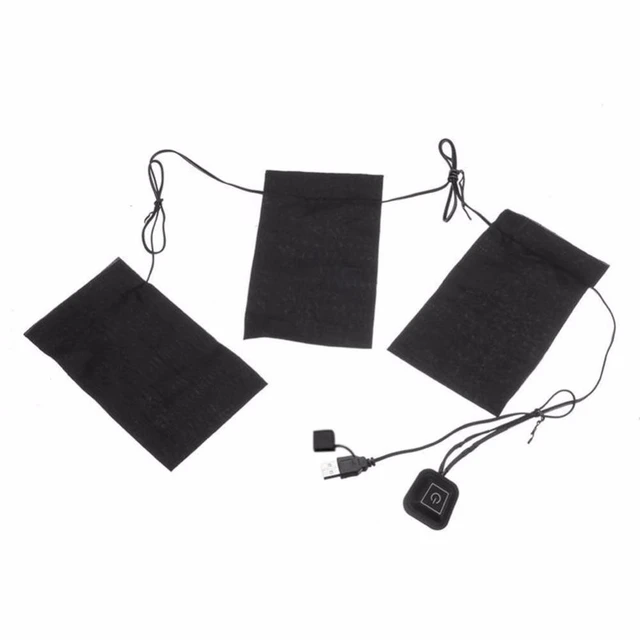Introduction
A rice bag heating pad is a simple and cost-effective way to provide warmth and relief for sore muscles, cramps, or to simply keep cozy during chilly days. Making your own rice bag heating pad allows you to customize the size, shape, and scent according to your preferences. In this guide, we will provide a step-by-step tutorial on how to create a DIY rice bag heating pad, ensuring that you can enjoy the comfort and therapeutic benefits it provides.

How do you make a rice bag heating pad?
Gathering Materials and Tools
1.1. Materials Needed
To make a rice bag heating pad, you will need the following materials:
Fabric (such as cotton or flannel) for the outer cover
Uncooked rice (long-grain or short-grain)
Essential oils (optional, for scent)
Thread
Sewing pins or clips
Sewing machine or needle and thread
Scissors
Funnel or measuring cup
1.2. Selecting the Fabric
Choose a fabric that is soft, durable, and suitable for heat retention. Cotton or flannel are popular choices due to their insulating properties and comfort against the skin. Consider using a fabric with a pleasing pattern or color to add a personal touch to your rice bag heating pad.
Measuring and Cutting the Fabric
2.1. Determine the Size
Decide on the desired size for your rice bag heating pad. Common sizes range from 6×6 inches to 10×10 inches, but you can adjust the dimensions to suit your needs.
2.2. Adding Seam Allowance
Add a 1/2 inch to each side of the fabric for seam allowance. For example, if you want a 6×6 inch rice bag, cut the fabric into a 7×7 inch square.
2.3. Cut the Fabric
Using scissors, carefully cut out the fabric according to your measurements, ensuring neat and straight edges.
Sewing the Outer Cover
3.1. Placing the Fabric Right Sides Together
Place the fabric with the right sides together, ensuring that the pattern is on the inside. This will create a clean finish when the fabric is turned right side out.
3.2. Pinning or Clipping the Fabric
Use sewing pins or clips to secure the edges of the fabric together, ensuring that they align properly. Leave a small opening of about 2-3 inches on one side for turning the fabric right side out and filling it with rice.
3.3. Sewing the Edges
Using a sewing machine or a needle and thread, sew along the edges of the fabric, leaving the small opening open. Stitch with a 1/4 inch seam allowance, backstitching at the beginning and end to secure the thread.
3.4. Reinforcing the Corners (Optional)
For added durability, reinforce the corners of the rice bag heating pad by sewing across the corners diagonally. This will prevent the rice from accumulating in the corners and ensure even heat distribution.
Turning the Fabric Right Side Out
4.1. Removing the Sewing Pins or Clips
Carefully remove the sewing pins or clips from the fabric, ensuring that the edges stay aligned.
4.2. Turning the Fabric
Gently turn the fabric right side out through the opening, using your fingers or a blunt tool to push out the corners for a clean finish.
4.3. Pressing the Fabric
Use an iron on a low heat setting to press the fabric, smoothing out any wrinkles and ensuring that the edges lay flat.
Preparing the Rice Filling
5.1. Choosing the Type of Rice
Select uncooked rice, such as long-grain or short-grain rice, for the filling. Avoid using instant or precooked rice, as they may not retain heat as effectively.
5.2. Adding Essential Oils (Optional)
To add a pleasant scent, consider incorporating a few drops of essential oil into the rice. Lavender, chamomile, or eucalyptus are popular choices for their relaxing or invigorating properties.
Filling and Closing the Rice Bag
6.1. Using a Funnel or Measuring Cup
To prevent rice spillage, use a funnel or a measuring cup with a spout to pour the rice into the opening of the fabric. Add the rice gradually to ensure that it fills the bag evenly.
6.2. Adjusting the Rice Distribution
Gently shake or tap the fabric as you fill it to distribute the rice evenly throughout the bag. Avoid overfilling the bag, as it should be pliable to conform to different body areas.
6.3. Closing the Opening
Once the bag is filled with rice, fold the raw edges of the opening inward and secure them with sewing pins or clips. Use a needle and thread to sew the opening closed with small, neat stitches, ensuring that the rice is securely contained.
Heating and Using the Rice Bag Heating Pad
7.1. Microwaving the Rice Bag
Place the rice bag heating pad in the microwave and heat it for 30 seconds to 1 minute, depending on the desired warmth. Test the temperature by gently pressing the bag against the back of your hand before using it to ensure it is not too hot.
7.2. Applying the Rice Bag
Apply the heated rice bag to the desired area of your body, such as sore muscles, cramps, or a chilly neck or back. The rice bag will provide soothing warmth and help relieve tension or discomfort. Adjust the duration and frequency of application based on personal preference and comfort.
7.3. Storing the Rice Bag
Allow the rice bag to cool completely before storing it in a cool, dry place. Keep it away from moisture or direct sunlight to preserve its quality and longevity.
Conclusion
Creating a DIY rice bag heating pad is a simple and enjoyable project that offers both comfort and therapeutic benefits. By selecting the right fabric, measuring and cutting carefully, sewing the outer cover, filling with rice, and securely closing the bag, you can create a personalized heating pad tailored to your preferences. Always exercise caution when heating and using the rice bag heating pad to prevent burns or overheating. With proper care and maintenance, your homemade rice bag heating pad can provide warmth and relief for years to come.


